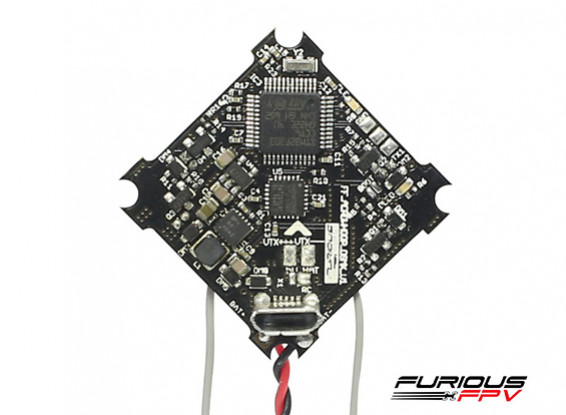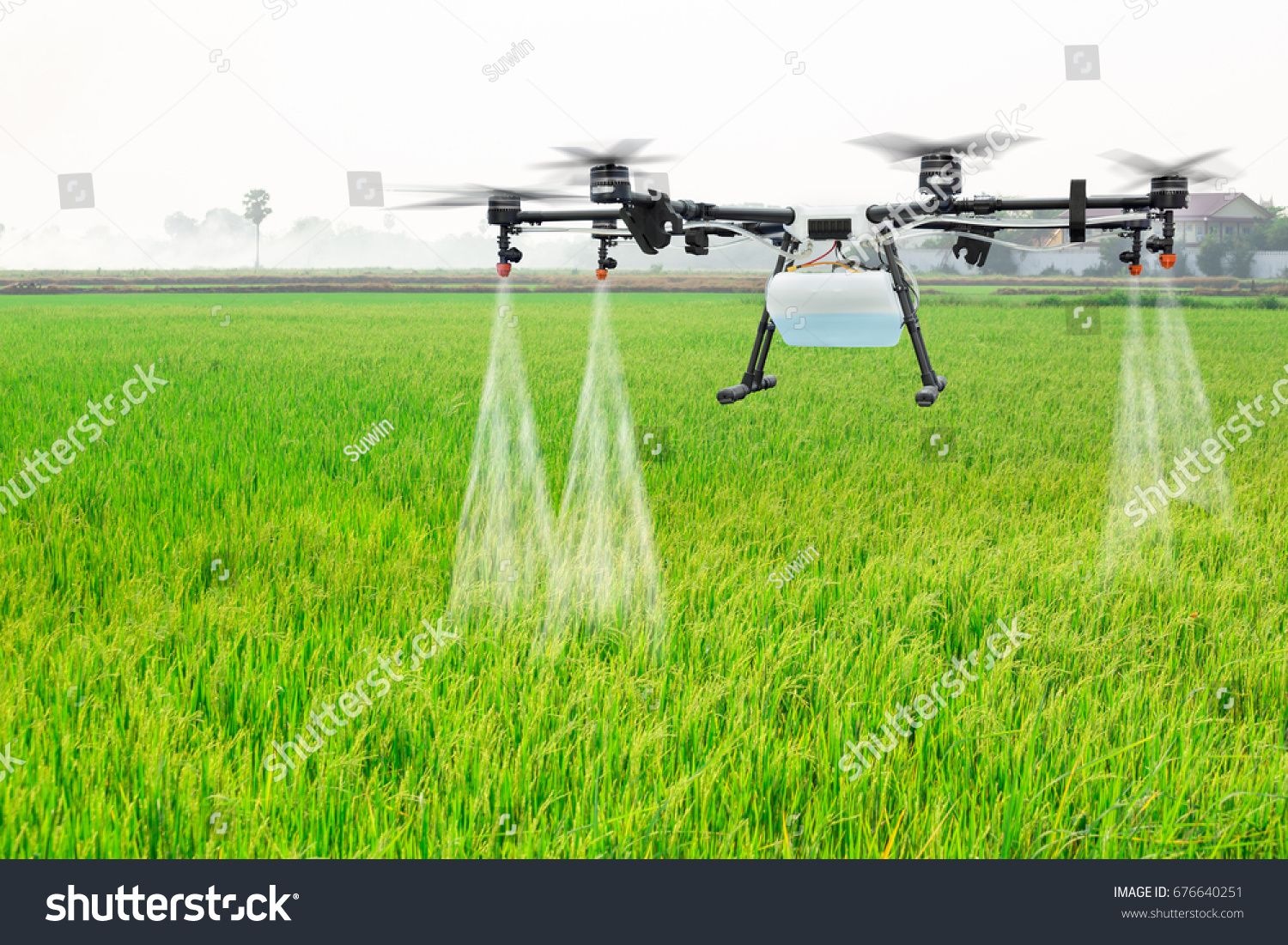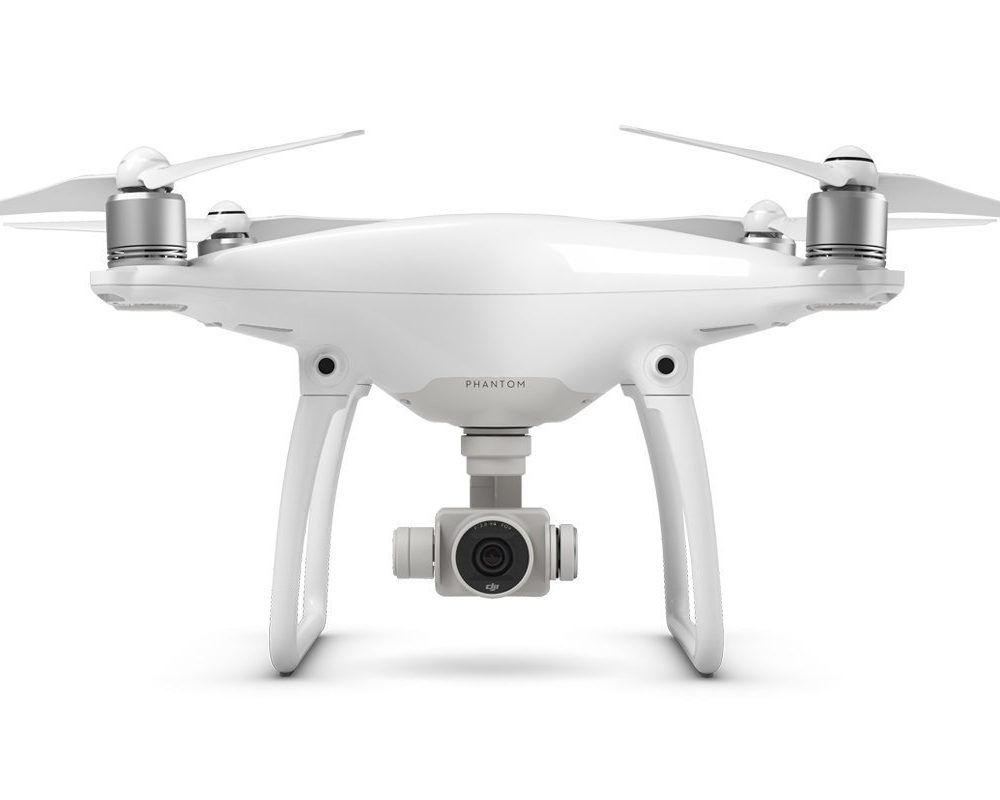
While the future of drones is still uncertain, recent headlines show mixed signals. Bloomberg reported that drones are losing popularity, and many startups have gone under. Other news sources state that the drone sector is poised for growth. Morgan Stanley and Goldman Sachs predict that the drone market will be worth more than $100 billion by 2020 and $1.5 Trillion by 2040. But, what is the real picture of this industry?
Commercial applications
There are many commercial uses for drones. These include agriculture, real-estate, media and entertainment. The key factor behind this growth is the increased use of drones to film and produce television. It is now a common method of capturing frames that is cost-effective and simple. Filmmakers have begun to employ professional drones for this job. A growing market for aerial photography will also drive its growth.
Safety in the airspace
Federal Aviation Administration (FAA), released a report on Future of Drones, and Airspace Safety. The report highlights both the benefits and challenges of drones, as well as the industry's difficulties in integrating them into the existing airspace. The future capabilities of drones include the ability to automatically identify and reduce known and emerging risks. In addition, the pilots of non-recreational drones must be trained in proper flight procedures and must maintain visual range of their drones.

Management of air traffic
Drones quickly became a common sight on our skies. The key component to their success is air traffic control. Although thousands of manned planes currently fly in the sky at any given time, this number will increase as drones become more widespread. The increase in unmanned aircraft means that air traffic management cannot be scaled up. The future of drone traffic control depends on integrating several solutions.
Forecasting the air traffic
Drones are already permitted to fly in the lowest few hundred feet of the atmosphere, but the forecasting of weather conditions could make them more effective in the future. This type of weather data could be used for improving weather alert systems and delivering packages. Drones could also help in improving weather forecasts and alert systems for severe weather. Air traffic forecasting at the moment is only two-dimensional. However, drones could provide weather data that can significantly improve airspace intelligence.
Controlling air traffic
Future of Drones and Air Traffic Control. Future of air traffic control relies on hovering warehouses and flying cars. Authorities will require a new low-altitude airtraffic control system to deal with drone technology. This could be a lot more complex than the current air traffic control systems for planes. Drones will use machine learning and artificial intelligence to avoid other aircraft and remain in designated air lanes.

FAQ
How can I keep drones away?
Drones have become increasingly popular for home surveillance. But they also pose a security threat to privacy. If you want drone attacks to be avoided, you can install motion sensors all around your property. These sensors will detect any flying objects that are not authorized.
How do you travel with a drone?
Drones are increasingly becoming popular both for personal and commercial use. They are used for video, filming aerial mapping, search &rescue, and many other purposes. Recent regulations regarding drones have been approved by FAA. They include new requirements for registration and licensing, pilot training, insurance, and other requirements. These changes will help ensure that drones remain safe for everyone involved.
What kind batteries does a drone need?
Drones are powered by lithium-ion battery. A typical drone runs on between 3 and 6-volts.
Statistics
- Research and Markets predict a growth rate of 51.1% over the next five years. (thedroneu.com)
- According to the multiple listing service (MLS), houses and apartments with drone photographs are up to 68 percent more likely to sell than those without pictures. (thedroneu.com)
- According to ZipRecruiter, the minimum hourly wage of drone pilots is $20. (thedroneu.com)
External Links
How To
How to Fly Drones With Beginners
A drone is an unmanned aerial vehicle that can be remotely controlled and used for surveillance, aerial photography, film production, research, and other hobby purposes. Drones have been in use since World War II. DJI's Phantom series of quadcopters was the first to be commercially used. From beginner-friendly drones such as Parrot AR Drone 2.0 through professional-grade multirotor craft like DJI Mavic Pro, many types have been available.
You can fly a drone in many different ways, including:
-
Remote control – This technique uses a control device attached directly to your hands that allows you steer the drone around its flight path. There are two main types of controllers: On/Off switches (like a radio) and joysticks.
-
Manual Control - Using a smartphone app, this method allows users to remotely operate the drone via GPS coordinates. The app will give you instructions.
-
Autonomous Flying - This allows the drone to take over all of the piloting duties. It is basically flying autonomously and without human intervention. A drone must have a builtin camera and sensors capable to capture images and other data.
-
Triggered Flight – This method is very similar to manual flight. The pilot creates a route that the drone will follow until it reaches the destination. After the preprogrammed route is complete, the drone will automatically land and return to its base.
-
Landing Gear- Some drones include landing gear that allows for safe landing if the power goes out or they run out of batteries.
-
Goggles - Pilots may wear goggles to shield themselves from flying debris.
-
Camera - Some drones can be equipped with cameras which enable you to capture photos from the sky.
-
Obstacles. Some drones can have obstacle avoidance technology that stops them from hitting obstacles.
-
Speed - Some drones can travel at speeds over 40 mph.
-
Battery Life - Most drones can last between 20 minutes to 3 hours, depending on how much power you're using.
-
Distance - Some drones can travel up 30 miles depending on the model.
-
Power source - Some drones need an external power source, while others use internal batteries.
-
Weight – Some drones are less than one pound, while other models can be up to four pounds.
-
Size - The size of drones varies from small, easily carried devices to more substantial crafts that weigh in excess of 50 pounds.
-
Price - All drones fall within a specific price range, from high-end models that can cost thousands of dollars to lower-cost options starting at $100.